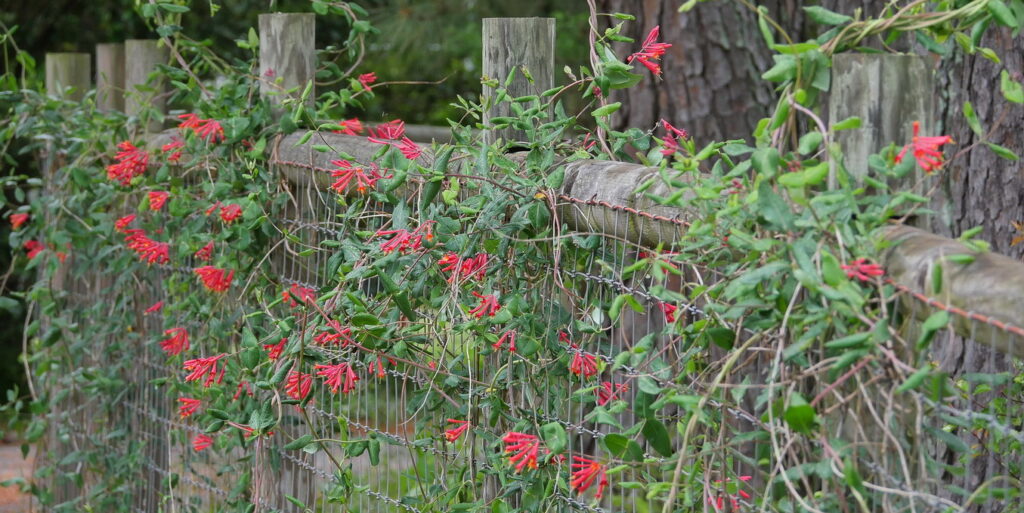Throughout this blog, I will be discussing my work with land that has been damaged by human construction projects. I may also refer to damage done by natural disasters. The consequences of these two types of damage are similar, and their restoration follows a similar path.
Among those consequences is that the damaged land is highly susceptible to encroachment by weeds. This encroachment is natural— it’s what nature intends to happen after a catastrophic event; it’s quick cover to aid in healing an earth wound. Nature’s intention, however, is not for these plants to stay forever. Their natural role is to stay for only a short period of time, while a more permanent repair happens with long-term native plants. Unfortunately, the introduction of plants from foreign habitats that long outstay their welcome has subverted this natural repair process.
While the terminology to explain these facts is often inconsistent and confusing, the concepts are fairly simple. See, below, some clarification of this terminology. These are not dictionary definitions, but rather, definitions that represent how I have used the terms in this blog. I hope it will be useful to you as you read the blog.
- I use the term native plant rather broadly to include all plants indigenous, that is, native, to the Southeastern US. In a few cases I may use the term even more broadly to include plants from other areas of the Eastern US.
- I use the terms non-native and exotic interchangeably to refer to plants that are not native to the Eastern US, i.e. non-native = exotic.
- I use the term invasive or invasive plant to specifically refer to aggressive non-native/exotic plants that are very persistent, that will take over. We do have some very aggressive native plants that initially behave like invasive plants, but they are typically not as persistent.
- I use the term kin or nature’s kin in reference to native plants, mostly in the context of our more immediate local plants. These are plants that either grow, or at one time grew, naturally, on my lot in Chattanooga Valley. They are related, kin, to this land.
- I use the term nature to refer to the collective whole of all the living organisms that compose and influence the matrix of our local or regional habitat.
- I use the term nature’s storehouse to refer to all the plants and other organisms, both native and non-native, that are present in a local habitat. These are all the organisms that nature has at its disposal to repair and restore damaged land. From this storehouse come nature’s provisions, a reference to organisms that emerge from nature as opposed to those brought by human hands.
- I use the term supplements in reference to all the plants and other amendments that do not emerge directly from nature. Supplements are brought to the landscape by human hands. This would include all nursery plants, hose water, processed mulch, compost, fertilizer, etc.
